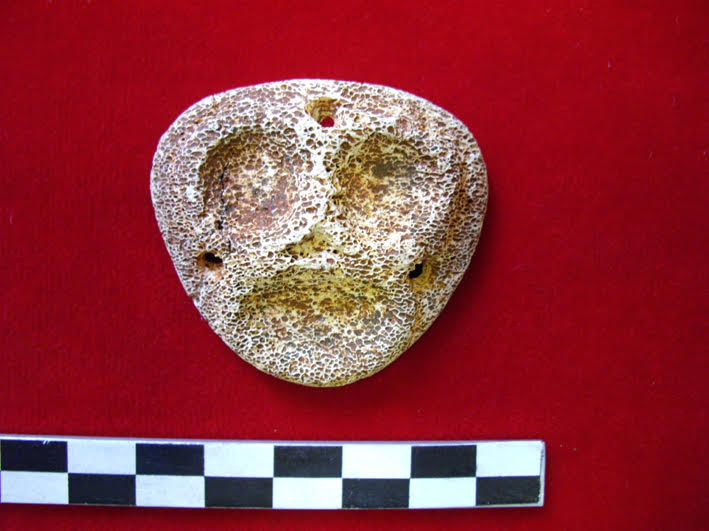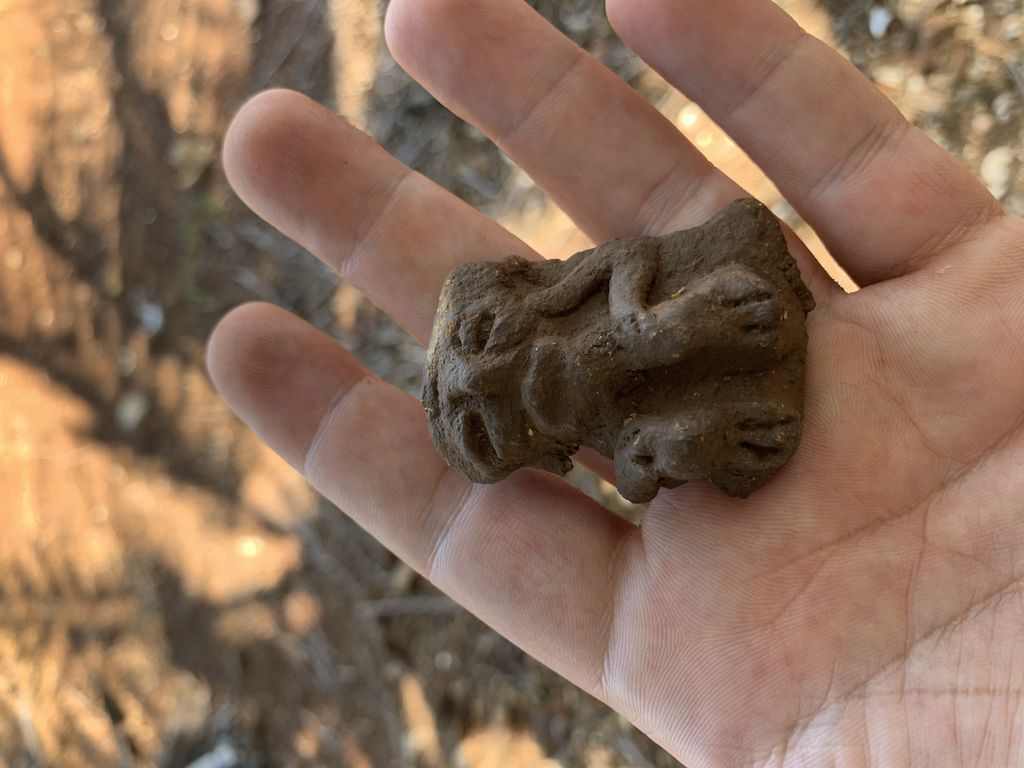
Ancient DNA tells the story of the Caribbean before the Europeans’ arrival
The first colonisation of the Caribbean dates back to the beginning of the Archaic period, about 6000 years ago; after another 3/4000 years the Ceramic Age began, and 2000 years later the first European seafarers arrived. There are many questions concerning the original populations of these lands, first stone workers and then potters: whether or not they had the same ancestry; how numerous they were at the time of the arrival of the European colonisers; and whether the modern inhabitants of the areas that today correspond to the islands of the Bahamas, Cuba, the Dominican Republic, Haiti, Puerto Rico, Guadeloupe, Saint Lucia, Curaçao and Venezuela have a DNA that can be traced back to the ancient populations.
The largest study to date on ancient DNA, coordinated by Harvard Medical School and published in the journal Nature, answers these questions thanks to the work of an international team of geneticists, archaeologists, anthropologists and physicists, including Alfredo Coppa, who initiated it, from the Department of Environmental Biology at Sapienza University of Rome.
The study analysed the genetic heritage of 174 individuals in addition to 89 previously sequenced genomes. This amount of data means that more than half of the information from ancient DNA now available for the Americas comes from the Caribbean, with a level of resolution previously only possible in Western Eurasia. Of these 174 genomes, 80% have been studied and made available by Sapienza researchers. The results of the work indicate that there are important differences between the archaic pre-ceramic stone and clay working peoples, that the indigenous population of these areas was less numerous than previously thought at the time of the arrival of the Europeans, and lastly, that the current population of many Caribbean islands is descended from peoples who lived there before the arrival of the colonisers.
Furthermore, the data obtained rules out the possibility that the Caribbean populations of the Archaic Age had connections with those of North America, as has been believed until now, and to attribute their descent from a single population originating either in Central or South America.
The ceramic age populations had a different genetic profile, more similar to the northeastern South American (Arawak-speaking) groups, consistent with archaeological and linguistic evidence. It would appear that these peoples migrated from South America to the Caribbean at least 1700 years ago, supplanting the stone-working populations that had almost completely disappeared by the time the Europeans arrived (a small percentage remained on the island of Cuba). This confirms that interbreeding between these two populations was extremely rare.
Regarding the working of clay for the production of ceramic artefacts, the study shows that during the 2000 years between their appearance and the arrival of Europeans, there were differences between the various styles considered, in the past, to be the result of flows of populations from outside the Caribbean. In fact, it turns out that such varieties of artistic manifestations do not correspond to genetic changes or evidence of a substantial genetic contribution by continental groups. Instead, the results testify to the creativity and dynamism of these ancient populations who developed these extraordinarily diverse artistic styles over time.
Communication networks between these pottery-producing groups may have acted as catalysts in spreading the observed stylistic transitions across the region.
"The genetic results," explains Alfredo Coppa of Sapienza University of Rome, who has been studying the dental morphology of ancient Caribbean populations for years, "are in line with the findings of populations of the archaic period, which differed significantly from those of the ceramic age. However, these differences still need to be explained, and further studies will be needed to determine whether they are due to micro-evolutionary forces that are somehow detectable through dental morphology, but not through genetic analysis, or whether they may be the result of different habits."
A large number of samples examined finally allowed to estimate the size of the Caribbean population before the Europeans' arrival. The method, developed by David Reich, co-author of the study and a professor at Harvard Medical School and Harvard University, uses random samples, assesses how related they are to each other and extrapolates the source population's size. The more related the samples are, the smaller the population of origin is likely to be; the less related they are, the larger the population should have been.
"Being able to determine the size of ancient populations using DNA means having an extraordinary tool that, when applied in different world contexts, will shed light on many questions," say the researchers, "but whether there were a million indigenous people in 1492 or a few tens of thousands, it does not change what happened when Europeans arrived in the Caribbean: the destruction of an entire people and their culture."
Finally, one of the big questions the researchers have tried to answer concerns the genetic heritage of people living in the Caribbean today and whether it can be traced back to that of the pre-Columbian indigenous populations. The results of the study show that there are still traces of DNA from pre-colonisation indigenous peoples in modern populations, and in particular that the current inhabitants of the Caribbean retain DNA from three sources (in different proportions on different islands): that of pre-Columbian indigenous inhabitants, that of European immigrants and that of Africans brought to the island during the slave trade.
The National Geographic Society, National Science Foundation National Institutes of Health/National Institute of General Medical Sciences, Paul Allen Foundation, John Templeton Foundation, Howard Hughes Medical Institute and the Italian Ministry of Foreign Affairs and International Cooperation funded the study.
References:
A genetic history of the pre-contact Caribbean − Fernandes DM, Sirak KA, Ringbauer H et al − Nature, 2020. DOI https://doi.org/10.1038/s41586-020-03053-2
Further Information
Alfredo Coppa
Department of Environmental Biology
alfredo.coppa@uniroma1.it







